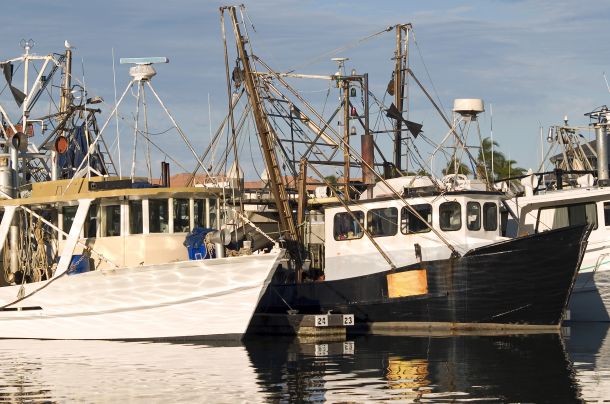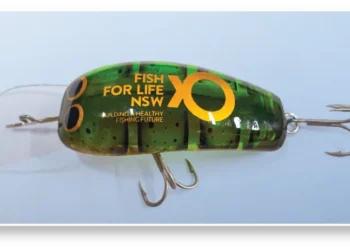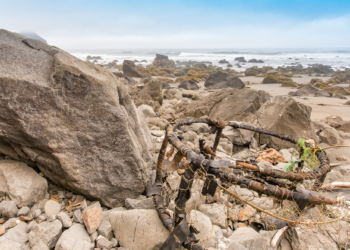LAST month’s piece on Sirena tuna led to a response from FRDC Executive Director Patrick Hone which highlighted the difficulty in agreeing on what exactly people mean when they discuss or write about sustainable wild catch fishing.
Patrick mentioned a discussion paper which attempts to find some agreement on the terms commonly used. It’s currently in its third draft, and has been developed by a working group which includes seafood and fishing industry, environmental and rec fishing members.
The paper examines five key elements for examination: target and by-product species; bycatch species; threatened, endangered and protected species: aquatic habitat; aquatic ecosystems. It then proposes some common language suggestions derived from the technical definitions which have in the past caused differences of opinion or confusion between stakeholder groups.
Here’s some examples of the group’s suggestions for terms that we all see thrown around in both the mainstream and fishing media:
Target species: The most highly sought component of the catch.
By-product species: A fish taken incidentally that is retained and sold.
Fish stock: A population of a species of fish that is distinct from, e.g. does not interbreed with, other populations of the same species.
Biomass: The total weight of a fish stock.
Total allowable catch (TAC): TACs are catch limits (expressed in weight) that are set for fish stocks after a formal stock assessment has been conducted. These total catch limits can incorporate catch across multiple sectors i.e. commercial, recreational and indigenous.
Overfished stock: When fish stocks are depleted to unacceptable levels.
Overfishing: When a stock is being harvested at a rate that does not allow the stock to recover to a sustainable level but the stock is not yet at the undesirable level.
Harvest Strategy: A policy that specifies rules for managing fish stocks sustainably, profitably and for social benefit.
Bycatch: The unwanted and untargeted fish and other marine creatures trapped or affected negatively by commercial fishing gear during fishing for a different species.
Discards: Any part of the catch that is returned to the water, whether dead or alive.
Endangered species: A species that is seriously at risk of extinction.
Protected species (includes Threatened Species): Threatened fish species are those protected by law because of low population numbers or special values to Australians and the world.
There are many more definitions proposed in the paper, including for aquatic habitats and ecosystems. Each has a corresponding technical definition from which it was derived. Very useful material for anyone wanting to both better understand and engage in meaningful debate on these sometimes emotive and divisive topics.
John Newbery is Fishing World’s environment editor.

















